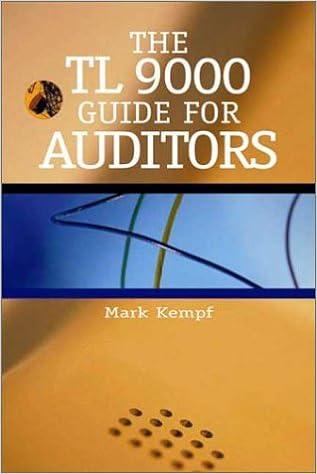Fill in the following graph based on the information provided.
Additional Notes:
- Assume all items are GST free.
- Due to COVID-19, i-Optometry is effectively shut down and the owners are planning to reopen on 1st January 2021. This effectively means year 2020 is a write-off and you can assume there to be no sales, costs, or purchases in December 2020.



FactSheet - Data on 2019 Financial Year Jan-2019 180 101 Jul-2019 212 Oct-2019 161 Sales Volume - Sunglasses Sales Volume - Prescription glasses Service Volume - No. of Eye-tests Feb-2019 189 107 97 Mar-2019 164 112 102 Apr-2019 174 100 91 May-2019 164 111 101 Jun-2019 217 185 168 Aug-2019 191 143 130 Sep-2019 131 129 117 Nov-2019 176 169 154 Dec-2019 189 176 178 162 123 112 92 160 Selling Price - Sunglasses Cost Price - Sunglasses $ $ 200.00 60.00 Selling Price - Prescription glasses Cost Price - Prescription glasses $ $ 150.00 80.00 Service Revenue per eye-test $ 75.00 Number of Sale Assistants: Wage Rate per Employee per Month 2 4,000 $ ber Office Staff: Wage Rate per Employee per Month $ 4,500 Number of Optometrists Wage Rate per Employee per Month 2 6,500 $ Additional Information: Both James and Olivia are owners within the business and each of them draws an amount of $1784 per month. Each owner plans on increasing the drawings to $3568 month starting from January of 2021. As the manager, James keeps a close eye on inventory management and would like to always maintain a monthly ending inventory requirement of 30% of next month's sales. You can assume the beginning inventory for Jan 2021 to be o units for both sunglasses and prescription glasses. All purchases of inventory with the current supplier are on a credit basis, with 70% of the amount settled in the same month of purchase and the remaining 30% settled one month after the month of purchase. You can assume that all credit amounts for purchase of inventory prior to January 2021 have been settled. The business typically will have 80% of their sales of sunglasses and prescription glasses as cash, with the remaining 20% on credit. Of the credit sales, 70% is collected in the month of sales, 20% is collected one month after the sales, and 10% is collected two months after the sales. You can assume that all credit amounts for sale inventory prior to January 2021 have been settled All customers coming in for an eye-test pay for the service in cash 100% of the time. The business has the following non-current assets: In 2019, the business purchased specialised optometry equipment to provide comprehensive eye-tests. The total cost of equipment is $13620 and it is expected to last 5 years. Other office equipment has a total cost of $30480 and depreciates at 20% per annum. Shop Fittings were originally purchased at $64920 and depreciate at 10% per annum. All non-current assets have $0 residual value and are depreciated using the straight-line method of depreciation. Other Fixed Costs: Marketing expense of $900 per annumis paid evenly across 12 months. $3000 of general business insurance is paid in July every year. This insurance covers the period 1st Jan to 31st Dec every year. (100% office) Bank fees works out to be $48 per month and are paid at the start of each quarter. On average, the office supplies are purchased, paid and expensed every month to the amount of $90. General council rates are $792 per year and are usually paid in December every year. The rates cover the period 1st Jan to 31st Dec every year. (50% store: 50% office) Rent is paid at the start of each quarter and works out to be $6400 per month. (80% store: 20% office) Water, gas and electricity are combined under utility expense which adds up to $510 per quarter and is usually paid at the end of each quarter. (75% store: 25% office) "Note: Quarter 1 runs from 1 Jan-31 Mar; Quarter 2 runs from 1 Apr - 30 Jun; Quarter 3 runs from 1 Jul - 30 Sep: Quarter 4 runs from 10ct - 31 Dec. CASH BUDGET Jan-21 Feb-21 Mar-21 Apr-21 May-21 Jun-21 Jul-21 Aug-21 Sep-21 Oct-21 Nov-21 Dec-21 TOTAL OPENING CASH BALANCE CASH INFLOWS: Cash Sales - Sunglasses & Perscription Glasses Cash Sales - Eye Test Reciepts from Debtors TOTAL CASH AVAILABLE: CASH OUTFLOWS Payment To Suppliers Wages To Sales Assistant Wages To Office Staff Wages To Optometrists Marketing Expenses Insurance Expenses Bank Fees Office Supplies General Council Rent Water, Gas, Electricity Expenses Owner's Drawings CLOSING CASH BALANCE









